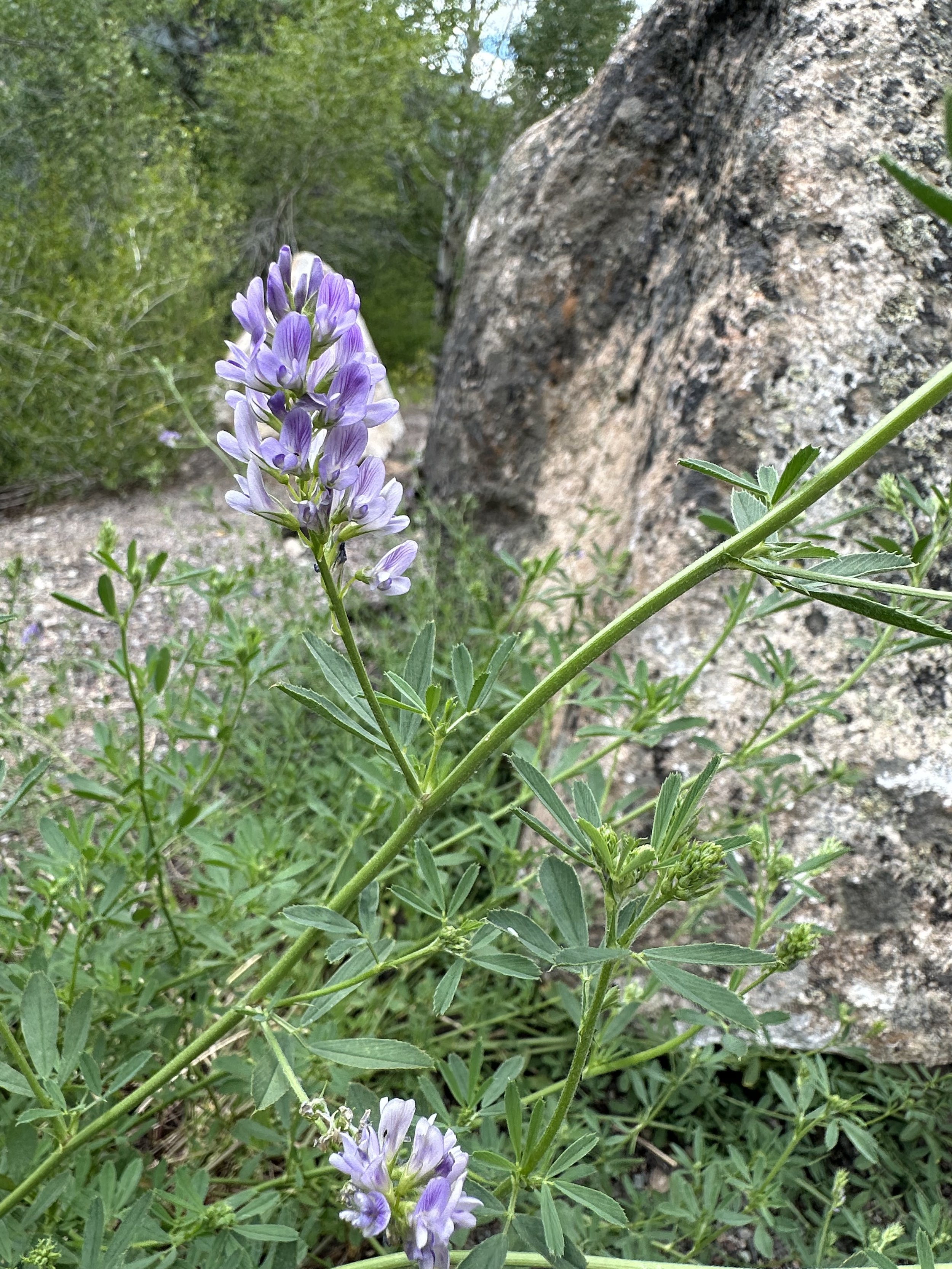Minuartia rubella, July 11, 2023
Common & scientific name
Beautiful sandwort, Minuartia rubella
Family
Pink, Caryophyllacaea
Location
Above Linkins Lake, 12,300’
Fun, weird, helpful, or little known fact
This delicate plant is easy to miss, as it stands just an inch off the ground and a couple inches in diameter. It grows in tufts, has numerous stems, is glandular, and has grass-like leaves. This is the kind of wildflower that one might only discover by stopping to go to the bathroom!

































